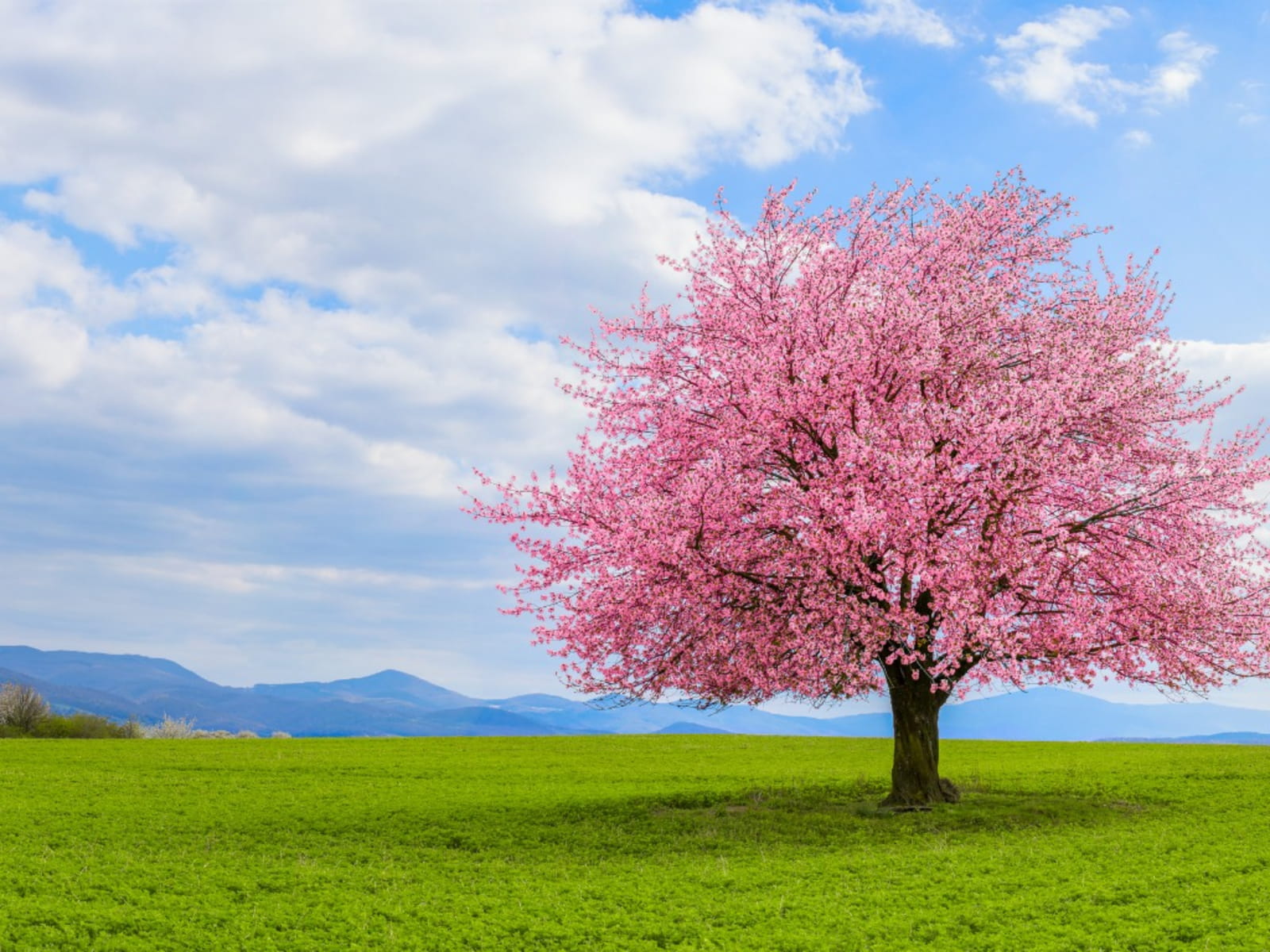Maleeswari - The Mother Goddess of Hills and Forests
1. Mythological Background & Stories
-
Origin:
Maleeswari is often identified as a local form of Durga or Mariamman, fierce goddesses who protect the land and people from evil forces and disease.
-
Hill Goddess:
The name “Maleeswari” literally means “Goddess of the Hills” (Malai = hill/mountain; Ishwari = goddess). This links her closely to forest and tribal traditions.
-
Popular Legend:
It is said that Maleeswari once appeared on a hill to protect a Kurumba community from a demon or epidemic. She then became their clan deity, worshipped for protection, health, and fertility.
-
Fertility and Agriculture:
She is also worshipped as a fertility goddess, blessing crops, livestock, and women with healthy offspring.
2. Rituals and Worship Practices
-
Festival Celebrations:
- Usually held during the Tamil month of Aadi (July-August), which is a common time for goddess festivals.
- Rituals include animal sacrifices (goat or fowl) in some tribal customs, offerings of rice, turmeric, flowers, and fruits.
-
Trance and Possession:
Among Kurumba and other tribal devotees, priestesses or oracles may enter trance states, believed to be possessed by Maleeswari’s spirit during festivals. -
Sacred Spaces:
-
Shrines or small temples dedicated to Maleeswari are often located on hilltops, in forests, or near water bodies.
-
Sacred groves (kaavu) are preserved for her worship, symbolizing the connection to nature.
-
-
Community Role:
Maleeswari worship serves as a unifying event, strengthening social bonds and reaffirming ties to ancestral lands.
3. Notable Maleeswari Temples
| Temple Name | Location | Significance |
|---|---|---|
| Maleeswari Amman Temple, Gudalur | Nilgiris, Tamil Nadu | Major tribal worship site, central to Kurumba communities |
| Maleeswari Amman Temple, Coimbatore | Kongu Nadu region | Popular among rural communities, site of annual Aadi festival |
| Maleeswari Amman Temple, Wayanad | Kerala, Western Ghats | Worshipped by tribal groups like Paniyas and Kurumbas |
| Maleeswari Amman Temple, Salem | Tamil Nadu | Recognized for fertility blessings and healing rituals |
4. Cultural Significance
-
Preservation of Tribal Identity:
Maleeswari worship connects Kurumba tribes to their ancestral heritage and sustains their unique cultural identity in the face of modernization.
-
Symbol of Nature’s Power:
As a hill and forest goddess, she embodies the life-giving and protective forces of nature.
-
Integration with Hinduism:
Over time, Maleeswari worship has blended with mainstream Hindu practices, but many tribal customs remain distinct.
5. Example of a Maleeswari Festival
- Preparation: The community clears a sacred grove or hilltop shrine.
- Offerings: Rice, flowers, and animal sacrifices are made to invoke the goddess’s blessings.
- Ritual Dance: Tribal dancers, often women, perform traditional dances with drums and singing.
- Trance Ritual: A designated oracle may enter a trance, delivering messages or blessings.
- Community Feast: The festival concludes with a communal meal.
One of the Maleeswari Temple is located here
Similar Posts : The Black Shawl (Kari Thundu) – A Kurumba Ballad, Badaga and kurumba conflict, Kurumba, kurumbar, kurumba gounder - who are they?, Historical conflict between badaga and kurumba, Maleeswari - The Mother Goddess of Hills and Forests, See Also:Maleeswari kurumba kurumbar kurumba gounder
